The concept of a curtain wall in architecture dates back to defensive walls used to protect castles. In modern times, however, a curtain wall is a term that refers to non-structural exterior walls, which protect the interior space of a building from the elements. Since the walls are non-structural, there is an opportunity to use lighter-weight building materials. These exterior walls are designed to span multiple floors, which allows for a contemporary modern finish.
Curtain Wall Façade Systems
As modern buildings have grown in stature, curtain wall façade systems have been engineered, so as to accommodate these new heights. With the trend toward designing multiple-story buildings being the norm, highly developed systems are highly sought after. These curtain wall envelopes, traditionally rely on the glass as a medium for transmitting natural daylight into a building. The glass panes used within the curtain wall are held in place with the use of hefty aluminum framing systems. Unfortunately, this has the potential to add a significant amount of unwanted weight to the overall structure. Even though this type of curtain wall system is considered lightweight when compared to structural loadbearing exterior walls, Danpal has taken the concept a step further. Danpal has addressed this concern by integrating its lightweight Danpalon microcell panels within more advanced Danpal building envelope systems.
It is now possible to have a curtain wall type translucent building façade that is lightweight, weatherproof, offers solar control, thermal balance, and has aesthetic appeal. Danpal’s solution-driven systems include the Danpatherm system, which provides an industry-unique, double wall unitized cassette structure, delivering exceptional U-Value performance. In comparison, the Danpal Controlite system was developed to adapt to a wide range of solar conditions, automatically adjusting the amount of incoming daylight, to a set LUX level. These advanced Danpal curtain wall systems allow for a greener building envelope solution. This is an important aspect to consider, especially with SANS building regulations defining acceptable energy efficiency guidelines.
Danpal Curtain Wall Façade System
By installing a Danpal curtain wall façade system, you also remove the need for including an exterior louver system. This is a great benefit, as it allows for the original design concept of clean lines to dominate the building’s exterior facade. Removing this unwanted clutter, will further reduce the weight of the building envelope and simplify the construction process. Having a clean curtain wall, clear of added shading systems, will result in the ability of the building’s façade to transmit more natural daylight to the interior. More natural light translates into energy savings and the creation of higher-quality interior spaces. This can only be accomplished however if the curtain wall is able to effectively mitigate unwanted heat gain. This in particular, is considered a strength of any Danpal façade system, as our Danpalon microcell panels have been engineered to limit excessive solar heat gain.
Danpal has submitted our building envelope solutions to various international regulatory bodies for rigorous testing. In doing so, we have attained certification on all major performance aspects pertaining to our systems. Danpal’s solutions can confidently perform under the toughest of weather conditions. Our systems have been certified against solar degradation, thanks to our advanced co-extrusion technology, which embeds UV protection directly into the surface of the Danpalon panel. We can show that our Danpalon microcell panels deliver an effective 25-year lifespan, during which, your building is protected against the elements. With a Danpalon panel-based system in place, protection against the harsh African sun is guaranteed!
The current trend for the building envelope has been to move away from completely translucent curtain wall systems. Architects are designing exteriors that grab attention and have a greater visual impact on the viewer. Fortunately, over the last 30 years, Danpal has developed a range of constantly evolving color and finish options. Our Danpalon microcell panels are extruded in a wide range of both opaque and translucent colours. Added to this, are advanced finishes such as metallic, reflective, low-e and Softlite. When combined, our Danpal systems offer in a stunning variety of visual aesthetics, unmatched in the industry. We can take this a step further, and customise the colour of our Danpalon panel either for light transmission or purely for the design concept intended by the architect.
Danpal has taken the initial concept of a curtain wall, and developed it further still. When compared to a Danpal solution, any traditional curtain wall system that was once considered to be lightweight, is now downright overweight. All Danpal systems once correctly installed, are maintenance free and under warranty. Our solutions are based on encouraging maximum natural daylight into the building interior whilst providing solar and thermal balance. Our range of colour and finish options are unparalleled, giving architectural teams the ability to design freely and to produce buildings that make a bold statement. Ultimately, Danpal has taken the initiative and the moved the curtain wall industry forward in a brave new direction.

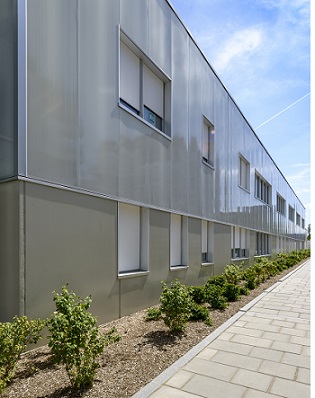
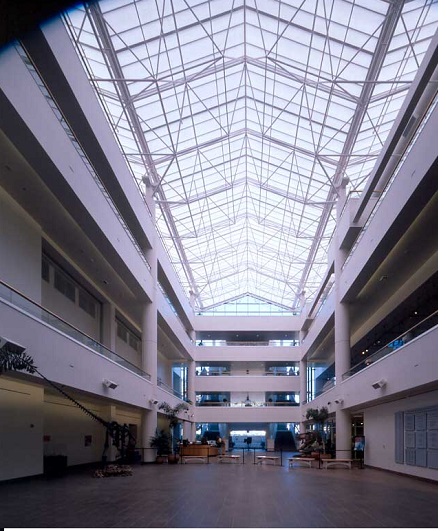
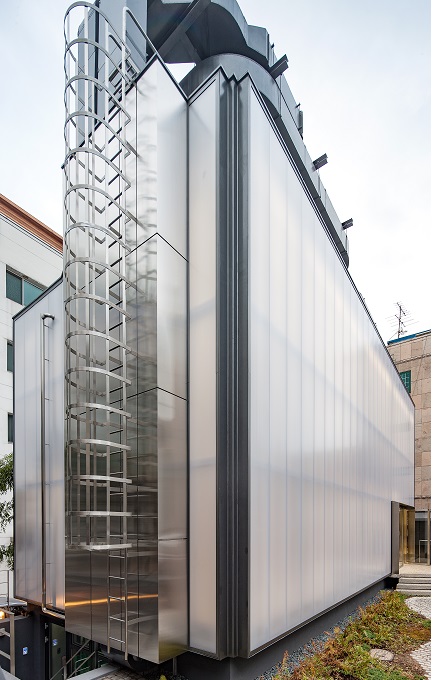 NOT JUST A PRETTY FAÇADE
NOT JUST A PRETTY FAÇADE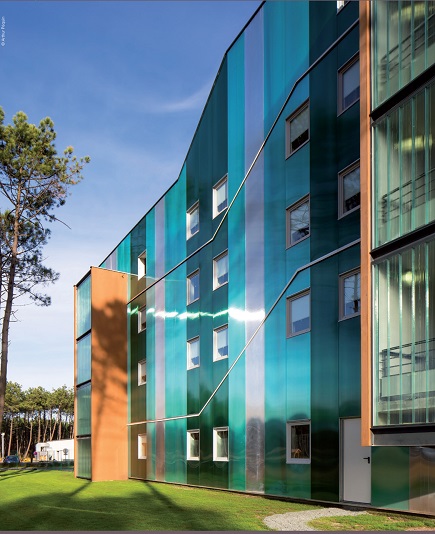 Keeping Leaks Out With Danpal Cladding
Keeping Leaks Out With Danpal Cladding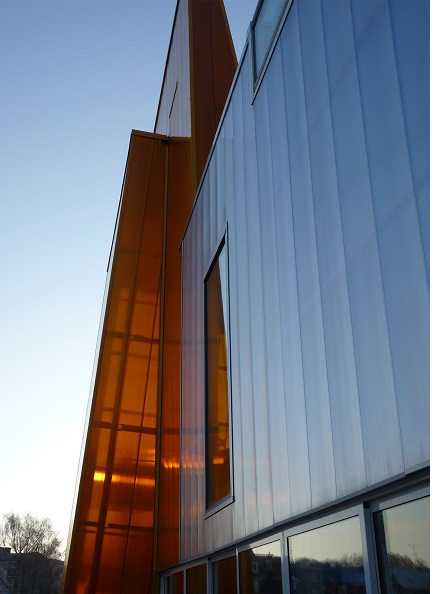 Polycarbonate Sheets Build For Today’s Market
Polycarbonate Sheets Build For Today’s Market